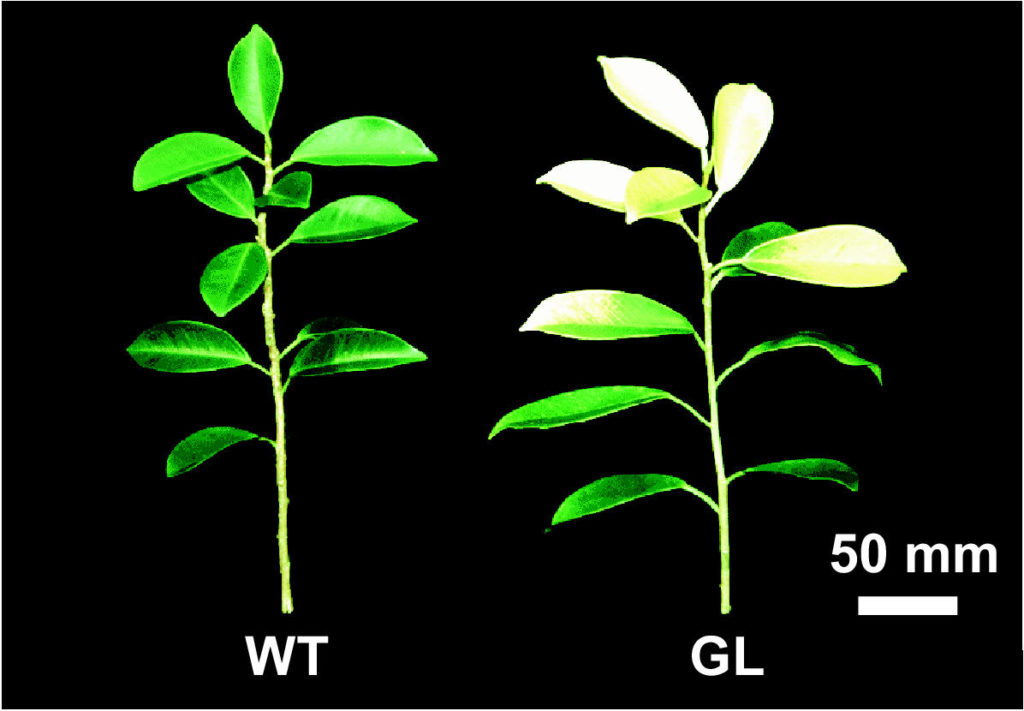
2002: High-susceptibility of photosynthesis to photoinhibition in the tropical plant Ficus microcarpa L. f. cv. Golden Leaves. The Golden Leaves variant of Ficus microcarpa (GL, right) displays increased yellowing in response to sunlight compared with wild type (left), indicative of reduced photosynthetic efficiency.
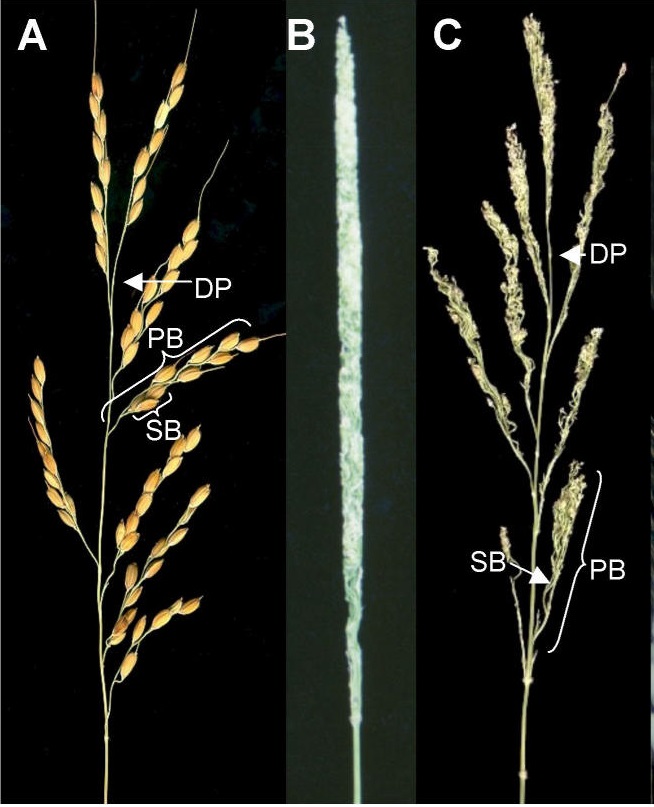
2003: Ds tagging of BRANCHED FLORETLESS 1 (BFL1) that mediates the transition from spikelet to floret meristem in rice (Oryza sativaL). Branches of the bfl1 mutant rice strain (panel B) become tangled during growth and fail to stretch out like in wild type rice (A). In panel C, the branches of the mutant strain have been manually de-tangled and stretched.
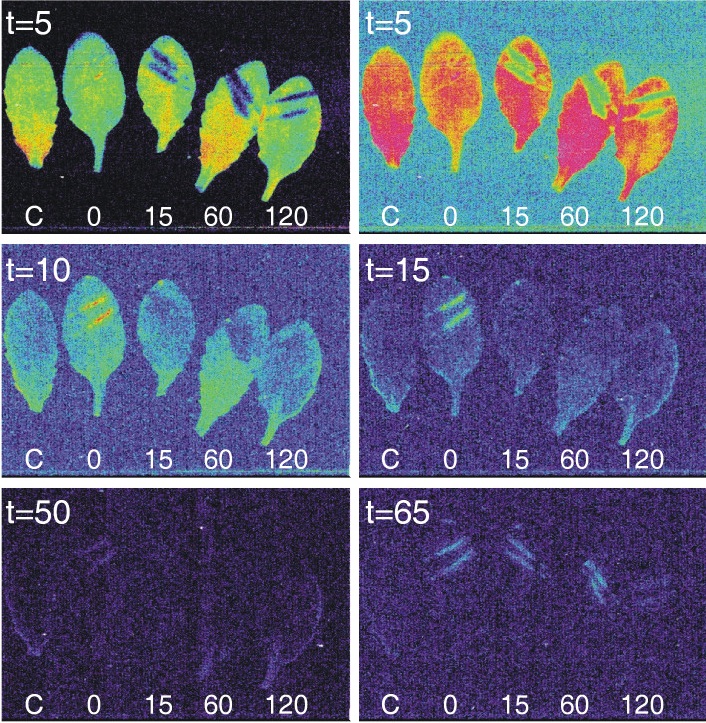
2004: Use of a highly sensitive two-dimensional luminescence imaging system to monitor endogenous bioluminescence in plant leaves. Arabidopsis leaves exposed to heat display luminescence when chlorophyll is released during a wound response.
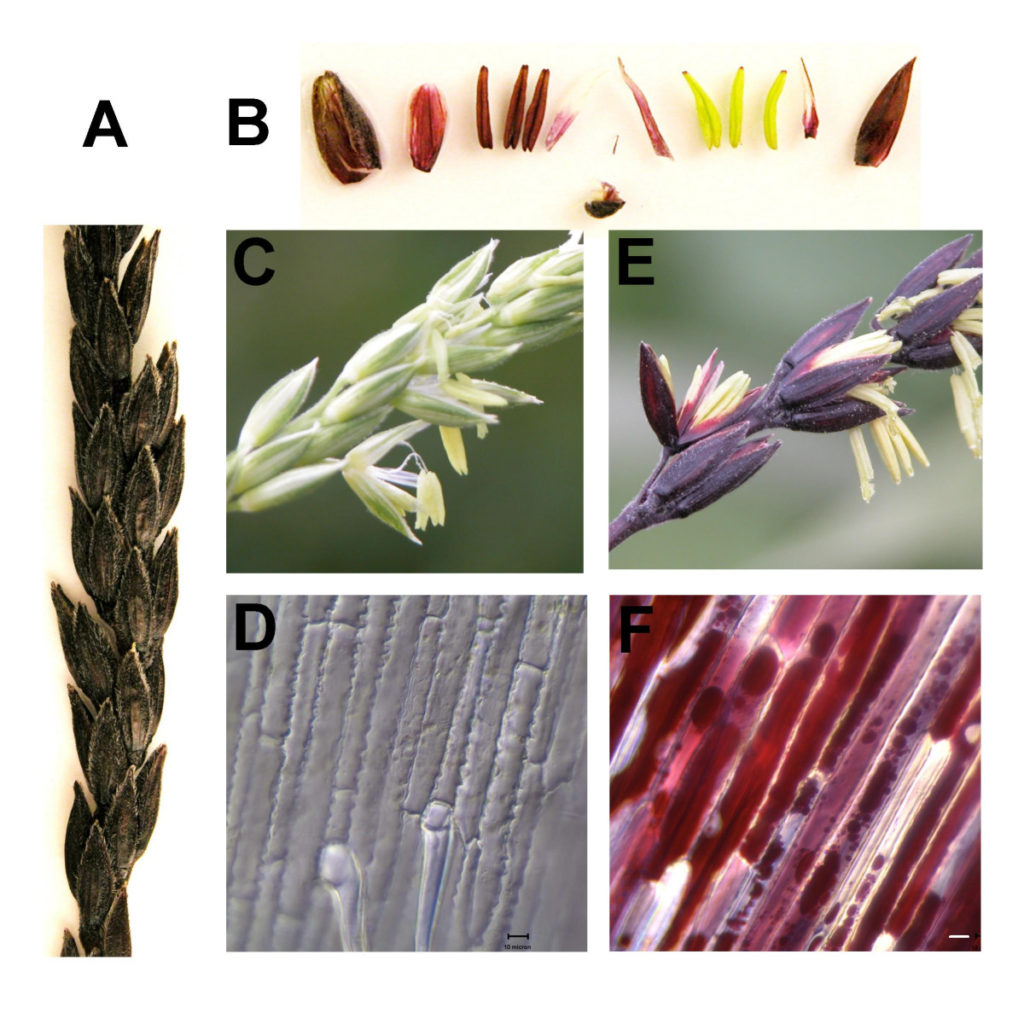
2005: Light-induced morphological alteration in anthocyanin-accumulating vacuoles of maize cells. Anthocyanin, a red pigmented secondary metabolite, accumulates in the florets of maize plants. These pigmented molecules help to attract insects and other animals that facilitate seed dispersal, and also provide protective benefits to the plant during abiotic or oxidative stress.

2006: Distinct short-range ovule signals attract or repel Arabidopsis thaliana pollen tubes in vitro. Time-lapse imaging of in vitro pollen tube entry into ovules showcases avoidance mechanisms between multiple pollen tubes (in green, red and pink).
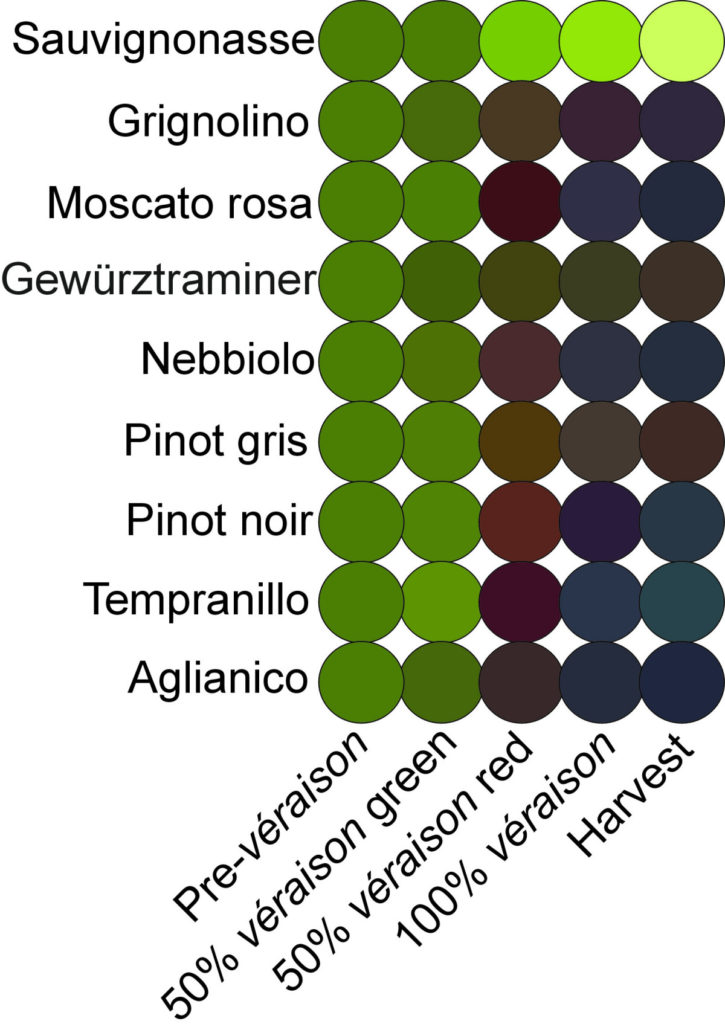
2007: Transcriptional control of anthocyanin biosynthetic genes in extreme phenotypes for berry pigmentation of naturally occurring grapevines. Levels of the secondary metabolite anthocyanin influence the hue of grape berries by contributing red pigment. An average color of berry cultivars at different developmental stages was determined by combining images of 70 berries for each type of grapevine.
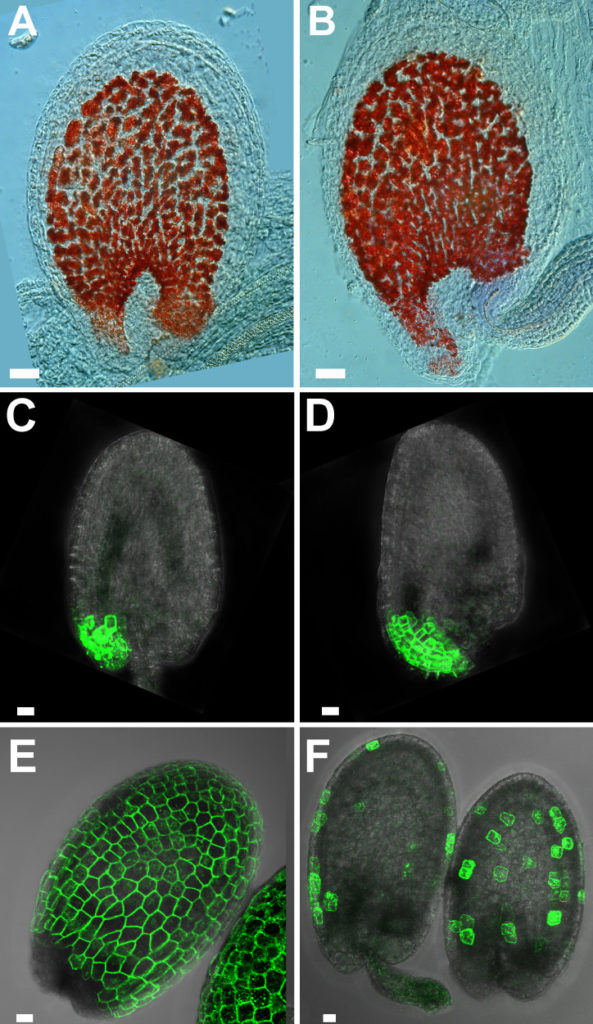
2008: Arabidopsis thaliana outer ovule integument morphogenesis: Ectopic expression of KNAT1 reveals a compensation mechanism. Misexpression of the KNAT1 protein, visualized with GFP, disrupts ovule morphogenesis in Arabidopsis thaliana.
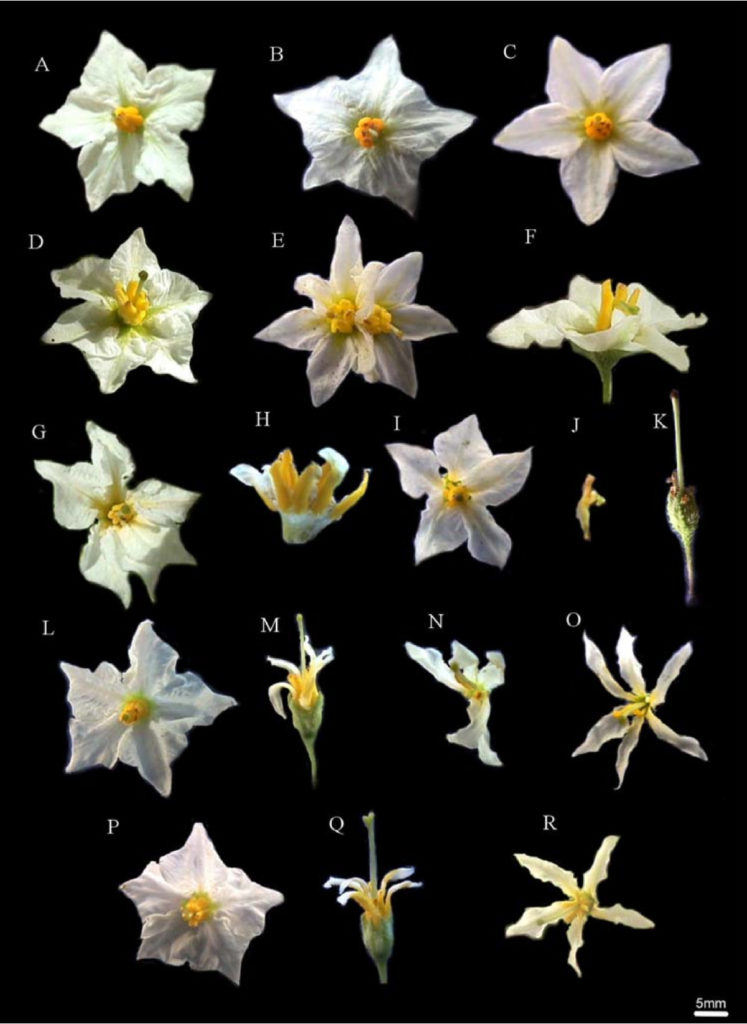
2009: Phenotypic instability and epigenetic variability in a diploid potato of hybrid origin, Solanum ruiz-lealii. Examples of flower variation in the wild potato Solanum ruiz-lealii. Normal flower phenotypes are seen in A-C, while D-R depict abnormal flower phenotypes, studied in this article in the context of DNA methylation patterns.
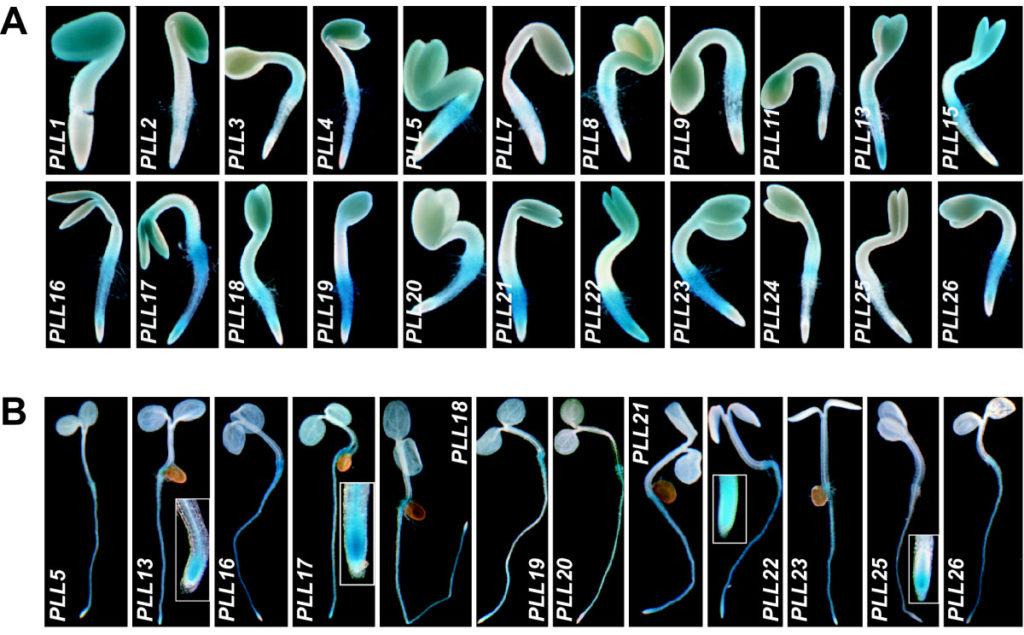
2010: Analysis of promoter activity of members of the PECTATE LYASE-LIKE (PLL) gene family in cell separation in Arabidopsis. Seedlings of Arabidopsis lines expressing GUS-transgenic reporters for the PLL gene family reveal surprising overlap in spatiotemporal expression patterns between individual PLL genes during Arabidopsis development.
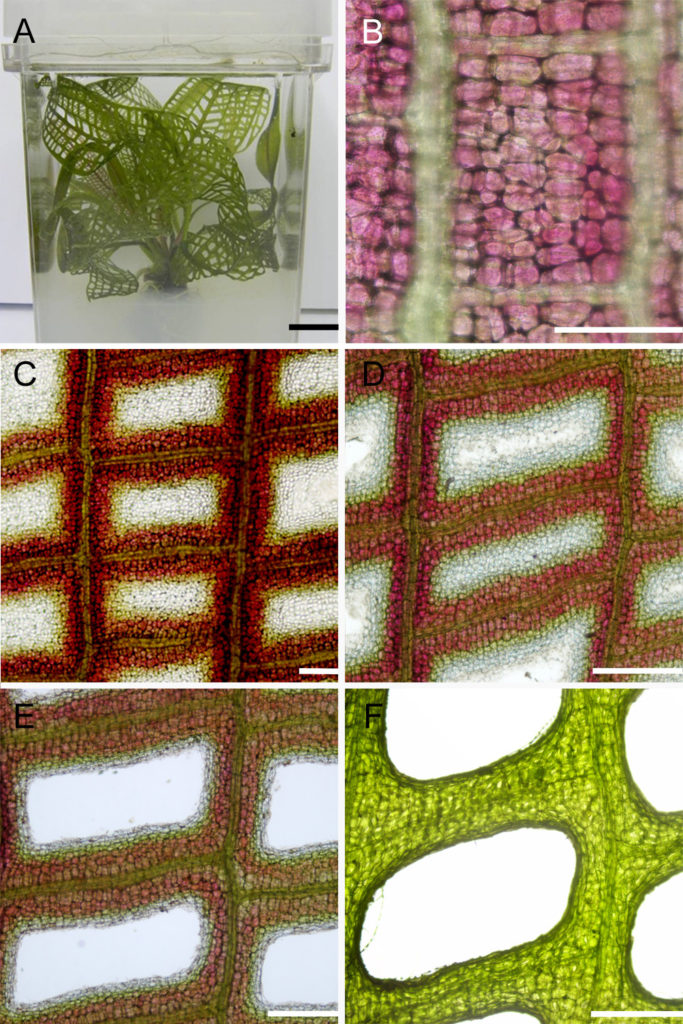
2011: Do mitochondria play a role in remodelling lace plant leaves during programmed cell death? Images spanning morphogenesis show the completed perforations (bottom right panel) resulting from programmed cell death processes, giving the aquatic plant its signature “lace” appearance.
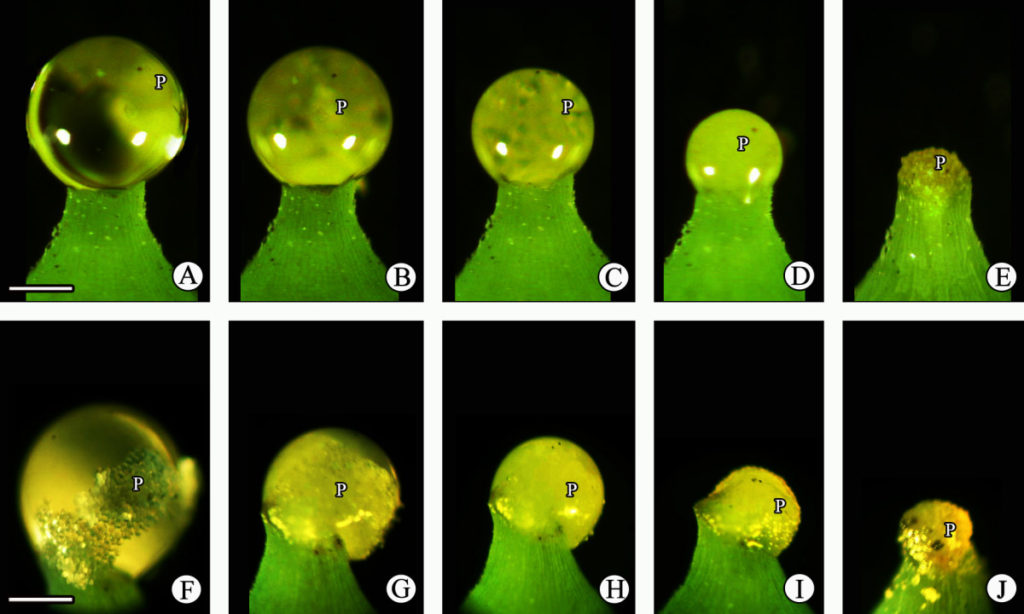
2012: The mechanism of pollination drop withdrawal in Ginkgo biloba L. Pollen grains are visible in deposits on the surface of micropyle structures from two different insect-pollinated plants after formation of the pollen drop.
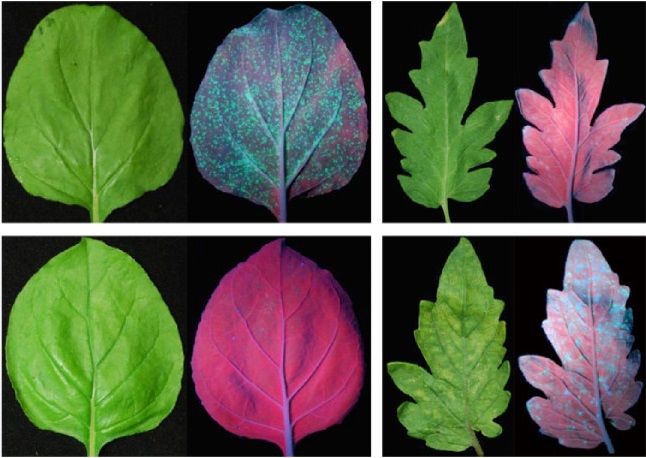
2013: Suppression of plant defense responses by extracellular metabolites from Pseudomonas syringae pv. tabaci in Nicotiana benthamiana. Infection of Nicotiana leaves with GFPuv-expressing bacteria. Fluorescent bacterial colonies are visible when the leaves are subjected to long-wave UV light.

2014: Distinct double flower varieties in Camellia japonica exhibit both expansion and contraction of C-class gene expression. Comparison of the floral patterns, petals, organs, and epidermal cells of C. japonica wild and cultivated variations.
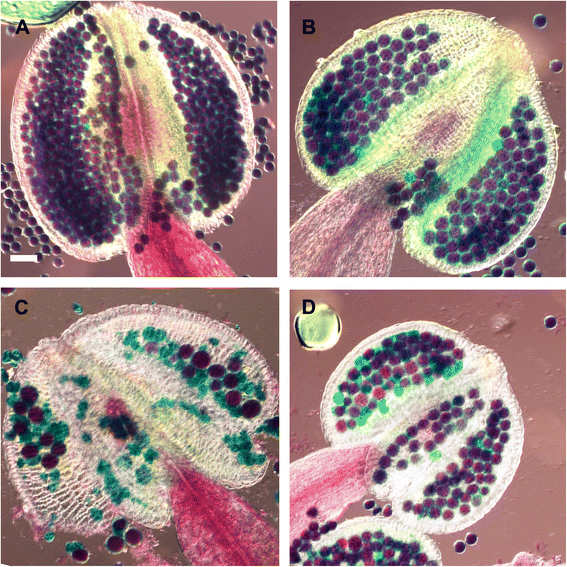
2015: PATRONUS1 is expressed in meiotic prophase I to regulate centromeric cohesion in Arabidopsis and shows synthetic lethality with OSD1. Alexander staining for pollen viability. A tam1-2/pans1-1 double mutant Arabidopsis strain (panel D) rescues the male sterility phenotype in pans1-1 single mutants (panel C).
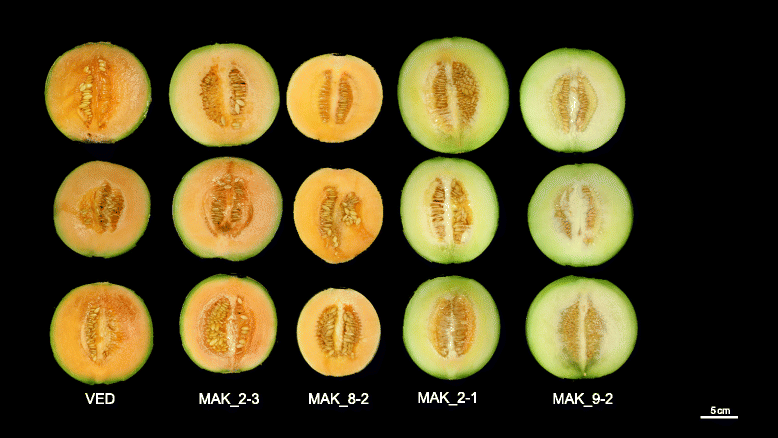
2016: A new genomic library of melon introgression lines in a cantaloupe genetic background for dissecting desirable agronomical traits. Cross sections of five melon introgressions display variation in flesh color, likely related to differing in carotenoid levels.
Comments